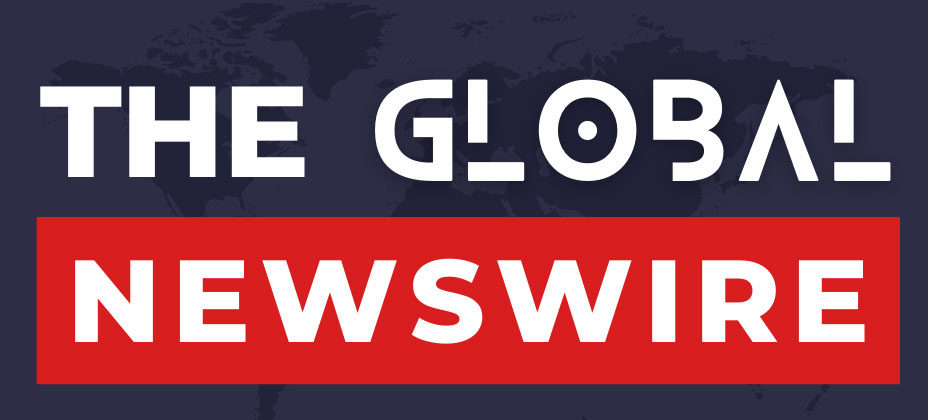The worst genocide in modern history has surely been the Holocaust—the mass murder of six million Jewish people by the Nazi dictatorship in Germany. Out of approximately 10 million Jews living in Europe in 1933, about 60 percent were exterminated by the Nazis in concentration camps.
Estimates of the number of Tibetans killed by the Chinese Communists during their occupation of Tibet in 1950 and the subsequent Cultural Revolution vary, ranging from half a million to 1.2 million. Even the higher figure is only a fraction of the number of Jews killed in the Holocaust.
However, if examined in relative terms, the enormity of the crime committed by the Chinese Communists in Tibet approaches what the Jewish people suffered at the hands of Nazi Germany. At that time, only 2.5 million Tibetans lived on the plateau. Thus, between 20 and 50 percent of the Tibetan population perished at the hands of the Chinese Communists.
Moreover, the Chinese Communists have surpassed the Nazis in one respect. They have not only killed Tibetans physically; they have also sought to annihilate them culturally, linguistically, and demographically—through a systematic policy aimed at erasing Tibetan identity from the face of the earth. This is a form of calculated cruelty that appears uniquely Chinese in its execution.
Systematic efforts to crush Tibetan resistance and culture began as early as 1959, with the uprising in the plateau against Chinese occupation. It remains unclear how many Tibetans were killed during the uprising that began in Lhasa on March 10, 1959, sparked by fears that Chinese authorities would abduct the Dalai Lama. The Chinese army used machine guns and artillery to attack the Dalai Lama’s Norbulingka Palace. Civilians were also machine-gunned from the air to intercept the Dalai Lama’s escape to India.
The Tibetan Government-in-Exile claims that 87,000 Tibetans perished during the uprising and its aftermath, including during the subsequent repression and guerrilla warfare. Historians have suggested that nearly 15,000 Tibetans were killed in Lhasa alone during three days of combat between poorly armed Tibetans and well-equipped Chinese troops. China claims that only 2,000 rebels died.
Significantly, the International Commission of Jurists, in its 1959 report on the Tibetan uprising, observed that in view of the “wanton killing of Tibetans and other acts capable of leading to the extinction of Tibetans as a national and religious group, it becomes necessary to consider the question of genocide.”
During the Cultural Revolution, unleashed by Mao Zedong in 1966, Tibet’s religion, identity, and culture were directly targeted. By the time the Cultural Revolution ended with Mao’s death in 1976, over 6,000 monasteries and religious institutions in Tibet had been reduced to ruins. Priceless ancient manuscripts had been burned. The physical torture and psychological trauma inflicted during the so-called “struggle sessions” led to the deaths of an estimated 92,000 Tibetans. Another 173,000 died in prisons or in “reform through labour” camps.
The Tibetan Government-in-Exile in Dharamsala, India, later estimated that 1.2 million Tibetans died between 1950 and 1979 from starvation, conflict, torture, execution, suicide, and struggle sessions. American writer Patrick French, who travelled through Tibet and examined records in Dharamsala, put the figure at half a million.
More diabolical than the killings is the long-term conspiracy to erase an entire civilization. The Dalai Lama understood China’s real intentions as early as 1959. In a press conference shortly after his escape, he stated:
“The ultimate Chinese aim with regard to Tibet, as far as I can make out, seems to be the extermination of religion and culture and even the absorption of the Tibetan race. Besides the civilian and military personnel already in Tibet, five million Chinese settlers have arrived in eastern and north-eastern Tso; in addition, four million more are planned to be sent to U and Tsang provinces of central Tibet. Many Tibetans have been deported, thereby resulting in the complete absorption of these Tibetans as a race, which is being undertaken by the Chinese.”
The International Commission of Jurists also found “clear and explicit” evidence of widespread killings of Buddhist monks and lamas. This policy stripped Tibet of teachers capable of imparting Buddhist teachings. Deeply devout, many Tibetans fled to India to enroll in Buddhist universities, risking death or capture by Chinese border guards tasked with stopping them. The Chinese authorities have always denied such killings and torture—until a rare piece of evidence emerged: the Nangpa La shooting.
In September 2006, as a group of Tibetans fled through deep Himalayan snow, Chinese border guards opened fire, killing 17-year-old nun Kelsang Namtso. A Romanian photographer, by chance on a nearby mountain as part of a climbing expedition, filmed the incident and later revealed it to the world.
Since the early 2010s, Chinese authorities have introduced a new method to extinguish Tibetan identity—something even the young Dalai Lama did not foresee in 1959. One million Tibetan children have been separated from their families and cultural roots and placed in state-run boarding schools, where they are raised under Han Chinese culture and taught only Mandarin.
In 2023, three United Nations human rights experts expressed grave concern:
“We are very disturbed that in recent years the residential school system for Tibetan children appears to act as a mandatory large-scale programme intended to assimilate Tibetans into the majority Han culture, contrary to international human rights standards… Roughly one million Tibetan minority children in China have been separated from their families and placed into government-run boarding schools, forcing their assimilation into the dominant culture.”
The Chinese occupiers of the Tibetan plateau have thus conspired not only to kill Tibetans physically but to erase them culturally—as a people and as a civilization. (By Ratish Mehta – Reserch Associate at Organisation for Research on China and Asia (ORCA)]
